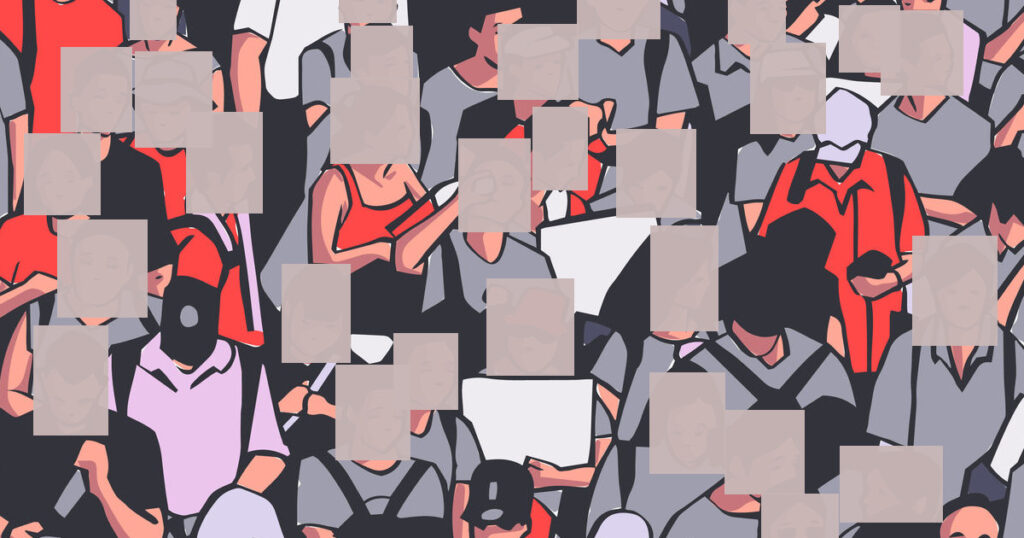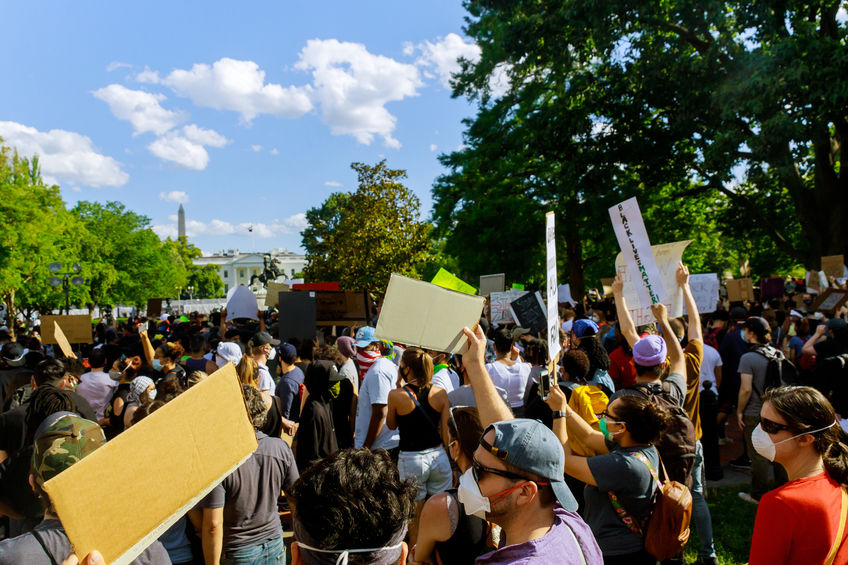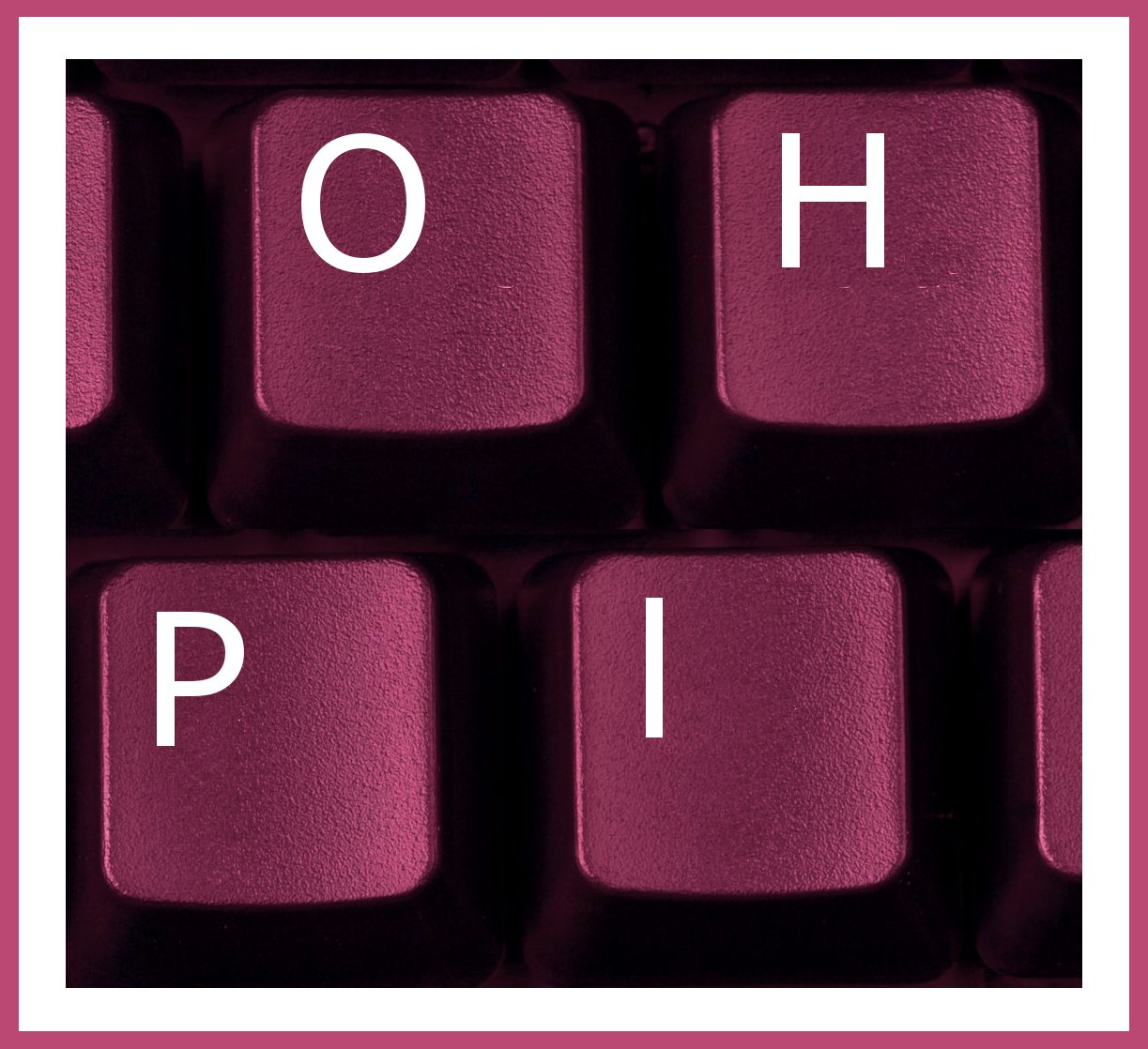
The encrypted messaging App Signal has released an update to support the protests in the United States. They explain:
“At Signal, we support the people who have gone into the streets to make their voices heard. We believe that something in America needs to change, and even if we don’t know exactly how, we support and trust in the people who are self-organizing around the country to figure it out… The latest version of Signal for Android and iOS introduces a new blur feature in the image editor that can help protect the privacy of the people in the photos you share. Now it’s easy to give every face a hiding place”
This is a move to counter the use of facial recognition software by law enforcement. That is a two edged sword. On the one hand, protesters are raising serious concerns about a culture of racism in some police forces. This is part of a breakdown of trust in the police after quite a number of wrongful deaths.
US violence by police has touched Australia directly. Last year former US police officer Mohamed Noor was sentenced to 12.5 years prison for fatally shooting Australian woman Justine Damond Ruszczy in Minneapolis back in July 2017. The case highlighted stark differences between Australian and the United States and a culture in the US in which police are afraid of citizens and citizens are afraid of police. High levels of gun ownership and a focus on self reliance and capacity to use force when feeling threatened, rather than reliance on the police and a less armed public, allow situations in the US to rapidly escalate and turn deadly.
The death of Duncan Lemp, George Floyd, Breonna Taylor and others have sparked various protests, some peaceful, some peaceful but with protesters highly armed, and some which have led to violence. With distrust of police high, the blur feature can allow peaceful protesters to share images with a reduced concern that it may lead to fellow protesters being identified and unlawfully targeted. On the other hand, some pictures show criminal activity. Blurring them would undermine efforts by the police to do their jobs to keep the community safe.

The choice of turning on or off the blur feature is up to each user. We would recommend it be used selectively and that photographs are documenting criminal activity – whether by protesters or police – not be blurred.
While there is a right to protest, there is no right to do so anonymously. This has been tested in New York in relation to laws preventing the KKK marching with hoods and gowns. People have a right to take measures to prevent their photography contributing to the surveillance culture, but this doesn’t prevent others, including police, capturing their own footage.
People should be able to go about their lawful business, including participating in protests in a lawful manner, without fear of mass surveillance by the state. The right to protest is in some places limited by the public health response to COVID-19, makes some protests a form of civil disobedience. Mass surveillance by the state may be justified in this case on both law enforcement and public health grounds. Any unlawful targeting of individuals resulting from that surveillance, that is beyond any penalties provided for by law, should be prevented. It is up to each individual to decide which activities they document should be potentially usable by the state and which should not. The Signal blurring tool helps individuals take better control of how they contribute data, but it still requires a judgement call in each situation. We believe signals response is a little one sided and a note of caution for users to consider when not to use the tool, in order to help prevent serious crime, could also be added.
